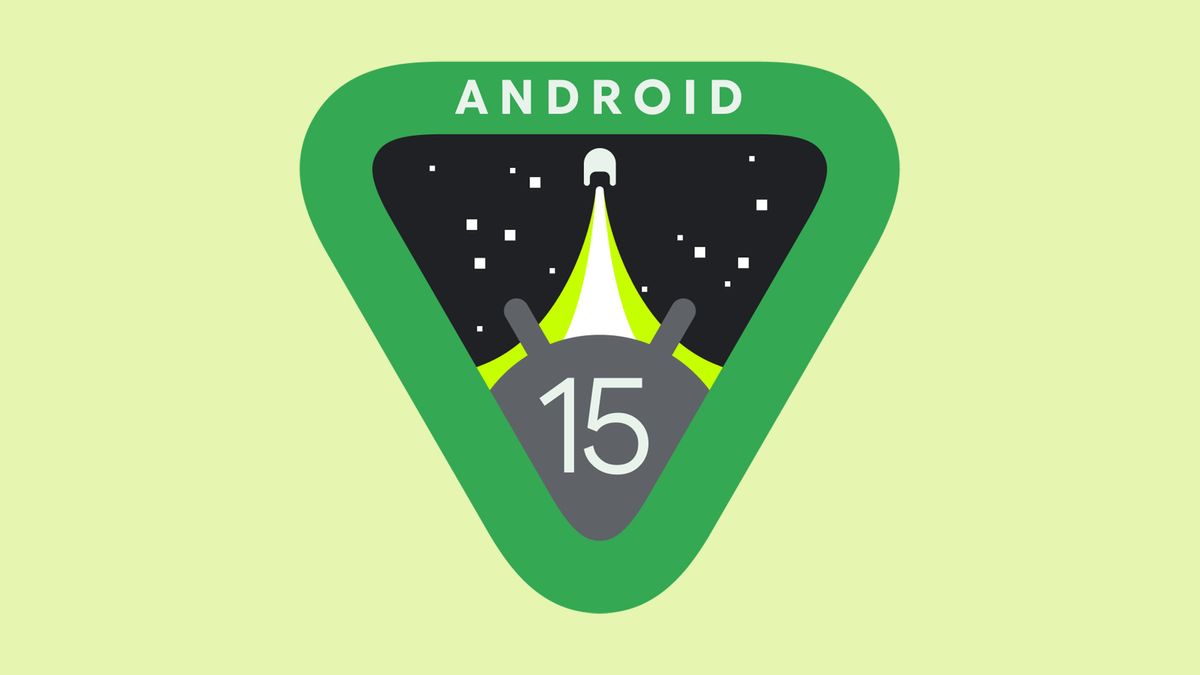How antitrust cases against tech giants could reshape the digital advertising landscape
The digital advertising landscape in Europe is undergoing a significant transformation, driven by antitrust cases against tech giants, new regulations like the Digital Services Act and Digital Markets Act, and the rise of emerging players. This change promises to regulate competition concerns, manage consumer protection, and handle the responsibilities of digital platforms in the advertising ecosystem.
European antitrust actions: a regulatory landscape
In 2023, the European Union introduced two landmark regulations, the Digital Services Act (DSA) and the Digital Markets Act (DMA), reshaping the online world. The DSA empowers users to flag illegal content and demand greater transparency from tech giants, such as Amazon, Apple, Meta, Google, and Zalando.
The DSA has been in effect since August 25, 2023, giving users time to gain a newfound confidence in navigating the online world. Starting today, February 17, all online services and digital platforms that offer services in the EU must be fully compliant with the DSA.
At the same time, the DMA targets the market power and behaviour of large digital platforms, including online marketplaces, search engines, and social network services, and forces them to be more transparent about data handling and algorithms.
Implementing the DSA and the DMA marks a significant shift in the digital landscape: consumers represent a long-awaited step towards a more user-centric experience, while businesses face the challenge of adapting their practices to align with new regulations.
Impact on digital advertising players in Europe
The antitrust investigations against Google, Amazon, and Meta have exposed a fundamental issue in the digital landscape: the monopolised power of businesses stifled competition and harmed consumers. Their dominant positions have enabled them to manipulate markets, favour their products, and suppress innovation. The DMA has emerged as a beacon of hope for a fairer and more competitive digital landscape in response to these concerns.
In the short term, the DMA will disrupt the established operations of tech giants that have long enjoyed a position of dominance, shaping the digital experience for billions of users. Yet, the DMA introduced a new era of accountability and transparency, forcing companies to rethink their practices and prioritise user interests. This could result in changes to their business models, such as ensuring interoperability between different messaging platforms and allowing users more freedom in choosing their preferred apps and services.
Amazon’s case serves as a prime example of this dynamic. The company is currently contesting an antitrust lawsuit filed by the U.S. FTC, alleging that it abused its market power to harm consumers and competitors. The legal challenges faced by tech giants like Amazon may allow them to implement changes that align with the DMA’s principles, even before the full impact of the regulation is felt. The DMA could also lead to a more competitive advertising market in the long term, with a broader range of players offering innovative solutions to advertisers and users.
Interestingly, introducing the DMA presents opportunities for startups to enter the digital advertising market and challenge the dominance of established players. For instance, they can differentiate themselves by providing a fresh perspective on user experience, introducing innovative solutions, and focusing on niche markets, often overlooked by more prominent players with broader market ambitions.
Future of digital advertising in Europe
Despite facing several challenges, the digital advertising market in Europe is projected to grow by 6.38% from 2023 to 2028, resulting in a market volume of $161.2 billion in 2028. To thrive in this evolving landscape, European advertisers and platforms should prioritise compliance with new regulations, embrace innovation, and foster strategic partnerships, as it can open doors to new markets, enhance distribution capabilities, and gain access to valuable insights.
While the GDPR and DSA are undoubtedly shaping the advertising landscape, emphasising user privacy and transparency, we must consider whether EU businesses should continue relying solely on giants like Google and Meta for advertising needs. We should foster a competitive ecosystem where local players can thrive, offering fair pricing and transparent advertising practices that align with the new regulatory landscape.
This would benefit both advertisers and consumers: advertisers could achieve better value for their money, while consumers would have greater control over their privacy. So, it is now up to regulators, advertisers, and platforms to seize this opportunity and build a thriving ecosystem that works for all stakeholders.
Moreover, the rise of emerging competitors poses a threat to established tech giants like Google and Meta. This situation underscores why advertisers and platforms must invest in innovation, develop novel user engagement strategies, embrace cutting-edge technologies, and utilise advanced data analysis methods to stay competitive. For instance, subsets of AI like deep learning, computer vision, neural networks, large language models, and reinforcement learning are expected to drive creativity in digital advertising.
Collaboration in the digital marketing space
Collaboration is a key to unlocking new opportunities and resources. Advertisers and platforms can benefit from partnerships with tech giants, other advertisers, or startups, expanding their reach and expertise. Collaborative marketing can gain new customers and leads, increase engagement on content, social media, and new digital products, raise brand awareness, and drive conversions and revenue.
While the DSA and DMA pose challenges and require practice changes, they offer opportunities for emerging players. Digital advertising players must adapt by ensuring compliance, embracing innovation, and fostering strategic partnerships to stay competitive and thrive in the market.
Vitaly Gerko is the CBDO of the Adtech video platform Viqeo.
One of the themes of this year’s TNW Conference is Pixels and Profit. If you want to dive deeper into how MarTech is shaping the future of customer engagement, brand experiences, and creative design, or simply experience the event (and say hi to our editorial team), we’ve got something special for our loyal readers. Use the code TNWXMEDIA at checkout to get 30% off your business pass, investor pass or startup packages (Bootstrap & Scaleup).
/cdn.vox-cdn.com/uploads/chorus_asset/file/25184511/111323_PlayStation_Portal_ADiBenedetto_0013.jpg)

